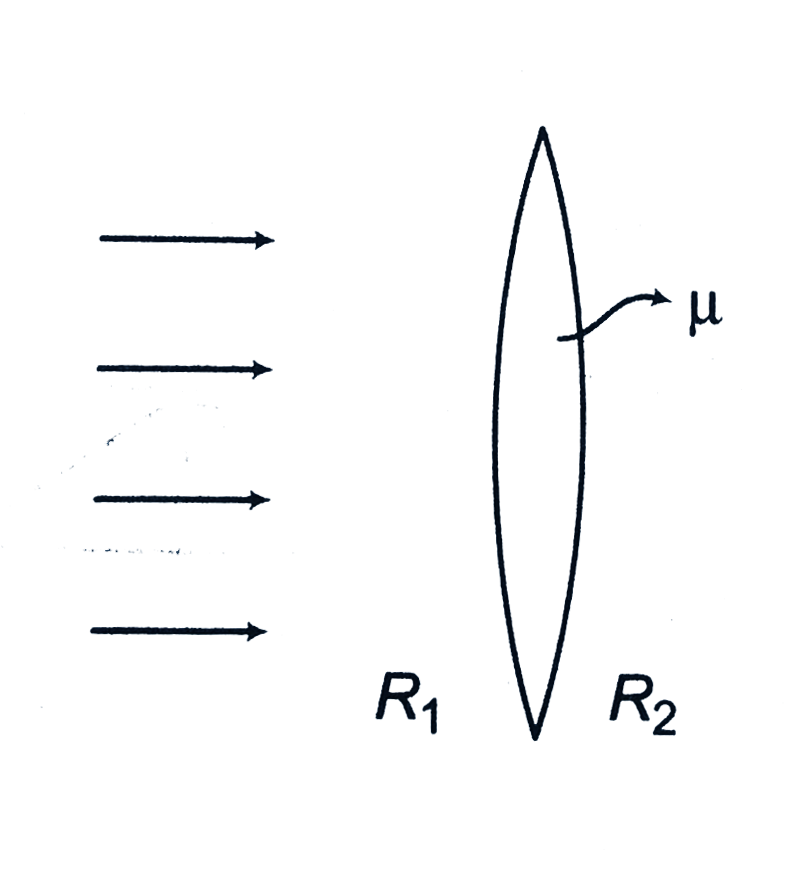A corn cob (see in figure), shaped somewhat like a cone, has the radius of its broadest end as 2.1 cm and length as 20cm. If each 1 cm2 of the surface of the cob carries an average of four grains, find how many grains you would find on the entire cob?
To solve the problem step by step, we need to find the total number of grains on the corn cob based on its surface area and the average number of grains per square centimeter.
Step 1: Identify the given values
- Radius (r) of the broadest end of the corn cob = 2.1 cm
- Length (h) of the corn cob = 20 cm
- Average number of grains per square centimeter = 4 grains
Step 2: Calculate the slant height (l) of the cone
The slant height l can be calculated using the Pythagorean theorem:
l=√r2+h2
Substituting the values:
l=√(2.1)2+(20)2=√4.41+400=√404.41
Calculating the square root:
l≈20.11 cm
Step 3: Calculate the curved surface area (CSA) of the cone
The formula for the curved surface area of a cone is given by:
CSA=πrl
Substituting the values:
CSA=227×2.1×20.11
Calculating this:
CSA≈227×2.1×20.11≈92.92 cm2
Step 4: Calculate the total number of grains on the cob
To find the total number of grains, multiply the curved surface area by the number of grains per square centimeter:
Total grains=CSA×Number of grains per cm2
Substituting the values:
Total grains=92.92×4≈371.68
Since the number of grains must be a whole number, we round it to the nearest whole number:
Total grains≈372
Final Answer
The total number of grains on the entire corn cob is approximately 372 grains.
---
- Radius (r) of the broadest end of the corn cob = 2.1 cm
- Length (h) of the corn cob = 20 cm
- Average number of grains per square centimeter = 4 grains
The slant height l can be calculated using the Pythagorean theorem:
l=√r2+h2
Substituting the values:
l=√(2.1)2+(20)2=√4.41+400=√404.41
Calculating the square root:
l≈20.11 cm
The formula for the curved surface area of a cone is given by:
CSA=πrl
Substituting the values:
CSA=227×2.1×20.11
Calculating this:
CSA≈227×2.1×20.11≈92.92 cm2
To find the total number of grains, multiply the curved surface area by the number of grains per square centimeter:
Total grains=CSA×Number of grains per cm2
Substituting the values:
Total grains=92.92×4≈371.68
Since the number of grains must be a whole number, we round it to the nearest whole number:
Total grains≈372
The total number of grains on the entire corn cob is approximately 372 grains.
Topper's Solved these Questions
Similar Questions
A corn cob (see in figure), shaped somewhat like a cone, has the radius of its broadest end as 2.1 cm and length as 20cm. If each 1 cm2 of the surface of the cob carries an average of four grains, find how many grains you would find on the entire cob?
View SolutionRadius of circular base of an ear of corn is 6.6 cm and its length is 11.2 cm . If on an average 1 sq cm area contains 2 corn kernels , fnd the total number of kernals on a corn
View Solution
Knowledge Check
- Question 1 - Select One
A dish, in the shape of a frustum of a cone, has a height of 6 cm. Its top and its bottom have radii of 24 cm and 16 cm respectively. Find its curved surface area (in cm2).
A240πB400πC180πD160π - Question 2 - Select One
The length and the breadth of a rectangle are in the ratio 3:2 if its perimeter is 1 m 40 cm. find its dimensions.
A24cm , 16cmB84m , 56mC90cm , 50cmDNone of these
A biconvex lens (μ=1.5) has radius of curvature 20cm (both).
find its focal length.
 View Solution
View SolutionA line segment is of length 5 cm. If the coordinates of its one end are (2,2) and that of the other end are (-1, x), then find the value of x.
View SolutionRachel, an engineering student, was asked to make a model shaped like a cylinder with two cones attached at its two ends by using a thin aluminium sheet. The diameter of the model is 3 cm and its length is 12 cm. If each cone has a height of 2 cm, find the volume of air contained in the model that Rachel made. (Assume the outer and inner dimensions of the model to be nearly the same.)
View SolutionThe curved surface area of a cone is 628 cm2 and its slant height is 20 cm. Find its radius. (π=3.14)
View SolutionThe surface area of the cuboid is 1372 sq. cm. if its dimension are in the ratio of 4:2:1. then find its length.
View SolutionA container in the shape of a frustum of a cone having diameters of its two circular faces as 35 cm and 30 cm and vertical height 14 cm, is completely filled with oil. If each cm3 of oil has mass 1.2 g then find the cost of oil in the container if it costs ₹40 per kg.
View Solution

